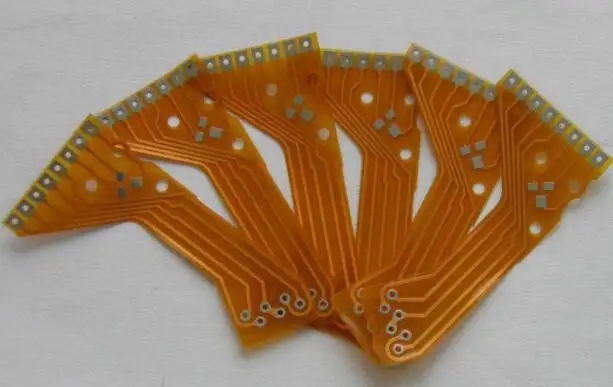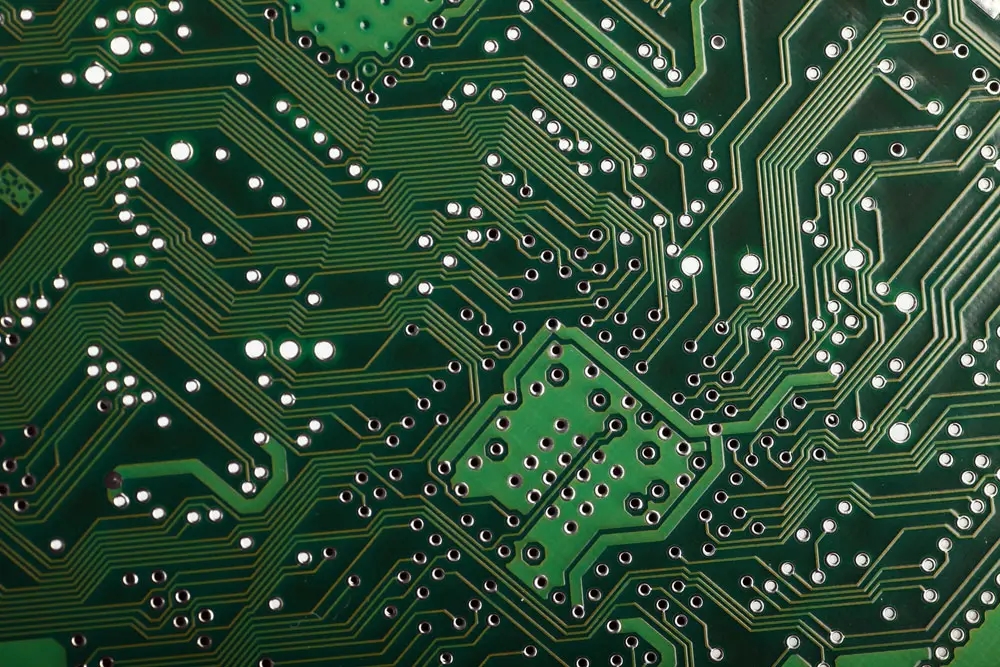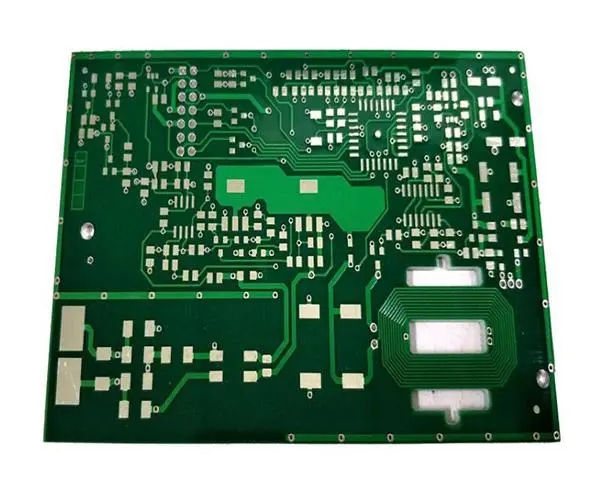
Differences between FPC and PCB welding and soft and hard bonding plate market
As the requirements for assembling components on FPC FPC become more and more popular in the smart wearable industry, SMD surface mounting on FPC has become one of the development trends of SMT technology due to the limitation of assembly space. However, FPC is more difficult to assemble than PCB because it is not so sturdy. Today, let's understand the difference between assembling flexible plates and rigid plates.
1. Welding process
Like PCB process, solder paste is covered on FPC and soft and hard bonding plates through the operation of steel mesh and solder paste printer. However, the surface of FPC is not flat, so we need to use some fixing devices or add reinforcement to fix it. Usually, we will paste reinforcement in the component area of FPC.
2. SMT component placement
In the current trend of miniaturization of SMT components, small components will cause some problems during reflow soldering. If the FPC is small, elongation and wrinkles will not be a serious problem, which can reduce the SMT frame or increase the marking points. If you do not want the stiffeners glued to the bottom of the assembly, you may need flexibility after assembly. Therefore, SMT fixture will be a good choice.
3. Reflow soldering process
FPC must be dried before reflow soldering. This is an important difference between FPC and PCB assembly placement. In addition to the dimensional instability of flexible materials, they are also relatively hygroscopic. They absorb water like sponges. Once FPC absorbs moisture, reflow welding must be stopped. PCB has the same problem, but has higher tolerance. FPC needs to be preheated and baked at 225 ° - 250 °. This preheating and baking must be completed quickly within 1 hour. If it is not baked in time, it needs to be stored in a dry or nitrogen storage room.

Future market development trend of soft and hard composite boards
Thanks to the comprehensive advantages of PCB board and FPC board, soft and hard bonding boards have been widely used in electronic products. In addition, since there are more material differences involved in soft and hard composite plates, all technical challenges mainly come from the selection of material combinations. For example, in the process of multiple laminations, the CTE difference of each layer of material in all directions should be carefully considered and used together with the stiffening plate, so that high-precision alignment lamination can be achieved to achieve deformation compensation.
At the same time, the structure design of the soft and hard composite board is also the hot spot of its development. Generally speaking, there may be many design schemes for soft and hard composite plates with equivalent functions. The actual design shall start from comprehensive consideration, including the reliability, space occupation, weight and assembly complexity of the product. In addition, the manufacturer's manufacturing capabilities and material elements should be considered for the best design with minimal procurement procedures. For example, common 3-layer to 8-layer soft and hard bonding plates can use CCL copper clad laminate with or without adhesion. Similarly, the covering layer of the flexible area in the soft and hard composite plate has different structures.
Another research and development trend of soft and hard combination board is the manufacturing of component embedded PCB. In most cases, it is required to embed resistors and capacitors in the rigid area without affecting the performance of the flexible area. This application puts forward strict requirements for materials for the second time. In addition, flexible PCB can work normally on CSP chip level packaging technology, while component embedded PCB structure poses challenges and requirements for packaging technology.
How many types of FPC reinforcement are there?
Have you ever faced the problem of how to select appropriate reinforcement for flexible circuit boards? Do you know how many kinds of reinforcements are available for flexible circuit boards? Do you know why you need to add reinforcement on FPC? The advantages and disadvantages of FPC reinforcement are that PI tolerance is small but not very hard, FR4's thicker thinking choice tolerance is larger, and the steel sheet is hard and stable, and it is not easy to rework after manual assembly. Today, let's study different types of reinforcement of flexible circuit boards.
We usually only use 3 types of FPC reinforcement. PI polyimide, FR4 and steel sheet.
1. PI reinforcement: the tolerance can be controlled within+/- 0.03mm, with high precision and high temperature resistance (130-280 ℃)
2. Steel sheet reinforcement: manual assembly is required, which makes the process more complex and costs more.
3. FR4 reinforcement: if the thickness is less than 0.1mm, the tolerance can be controlled within+/- 0.05mm. If the thickness is greater than 1.0mm, the tolerance is+/- 0.1mm
FPC reinforcement thickness
1. PI reinforcement thickness: 0.075mm, 0.1mm, 0.125mm, 0.15mm, 0.175mm, 0.2mm, 0.225mm, 0.25mm
2. FR4 reinforcement thickness: 0.1mm, 0.2mm, 0.3mm, 0.4mm, 0.5mm, 0.6mm, 0.7mm, 1.6mm
3. Steel sheet reinforcement thickness: 0.1mm, 0.2mm
PCB manufacturers, PCB designers and PCBA processors will explain the differences between FPC and PCB welding and the soft and hard board market.







